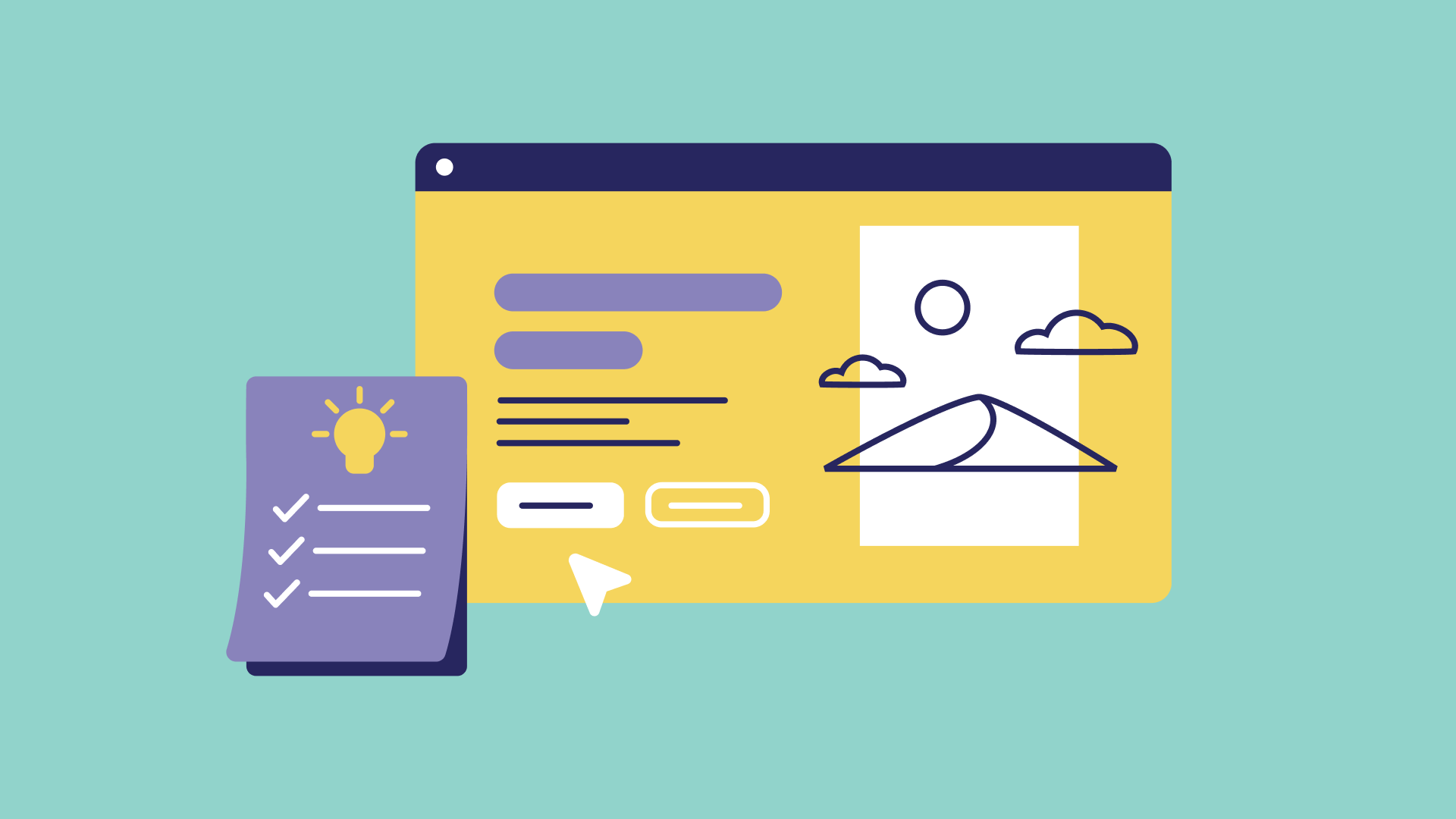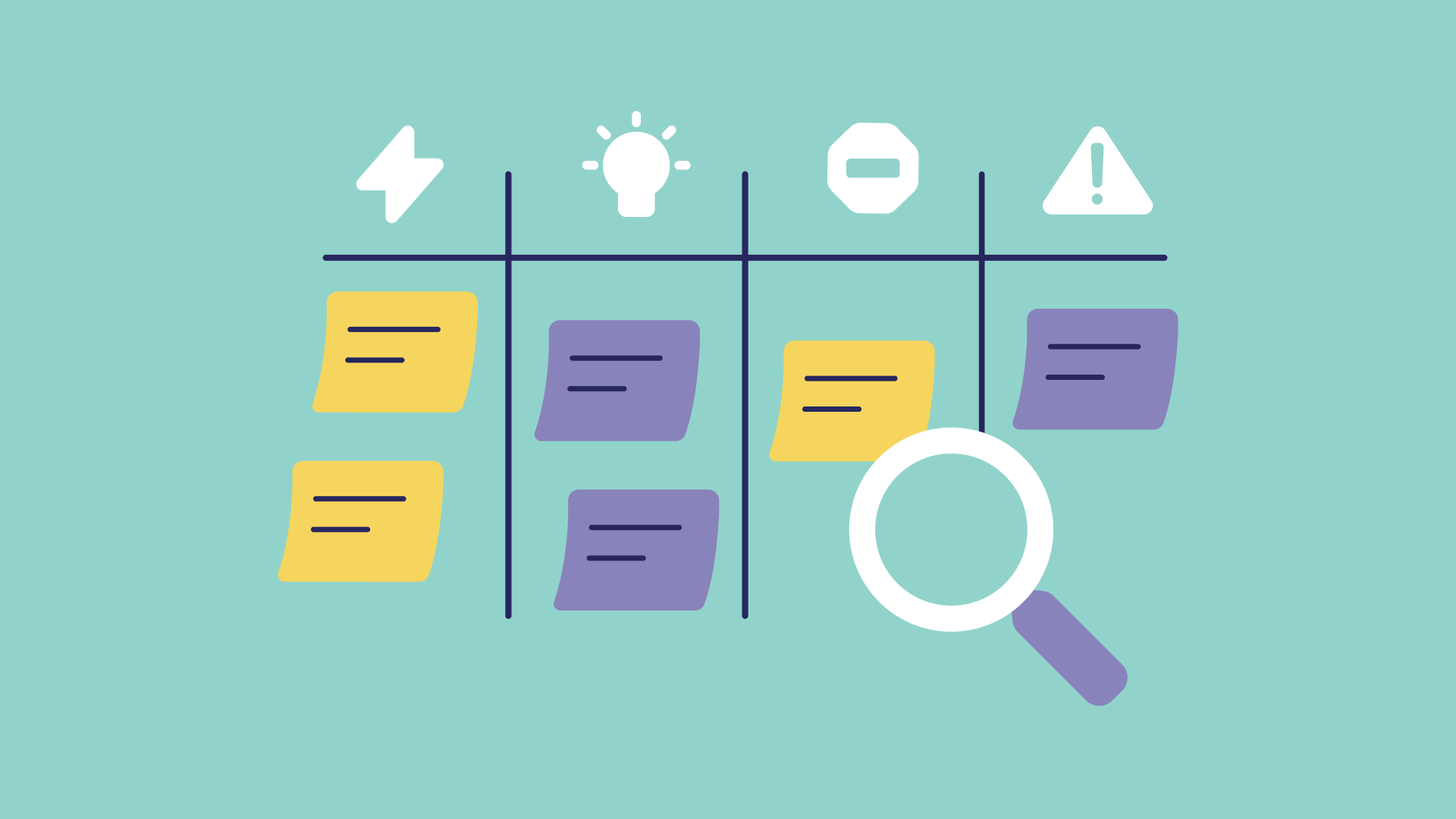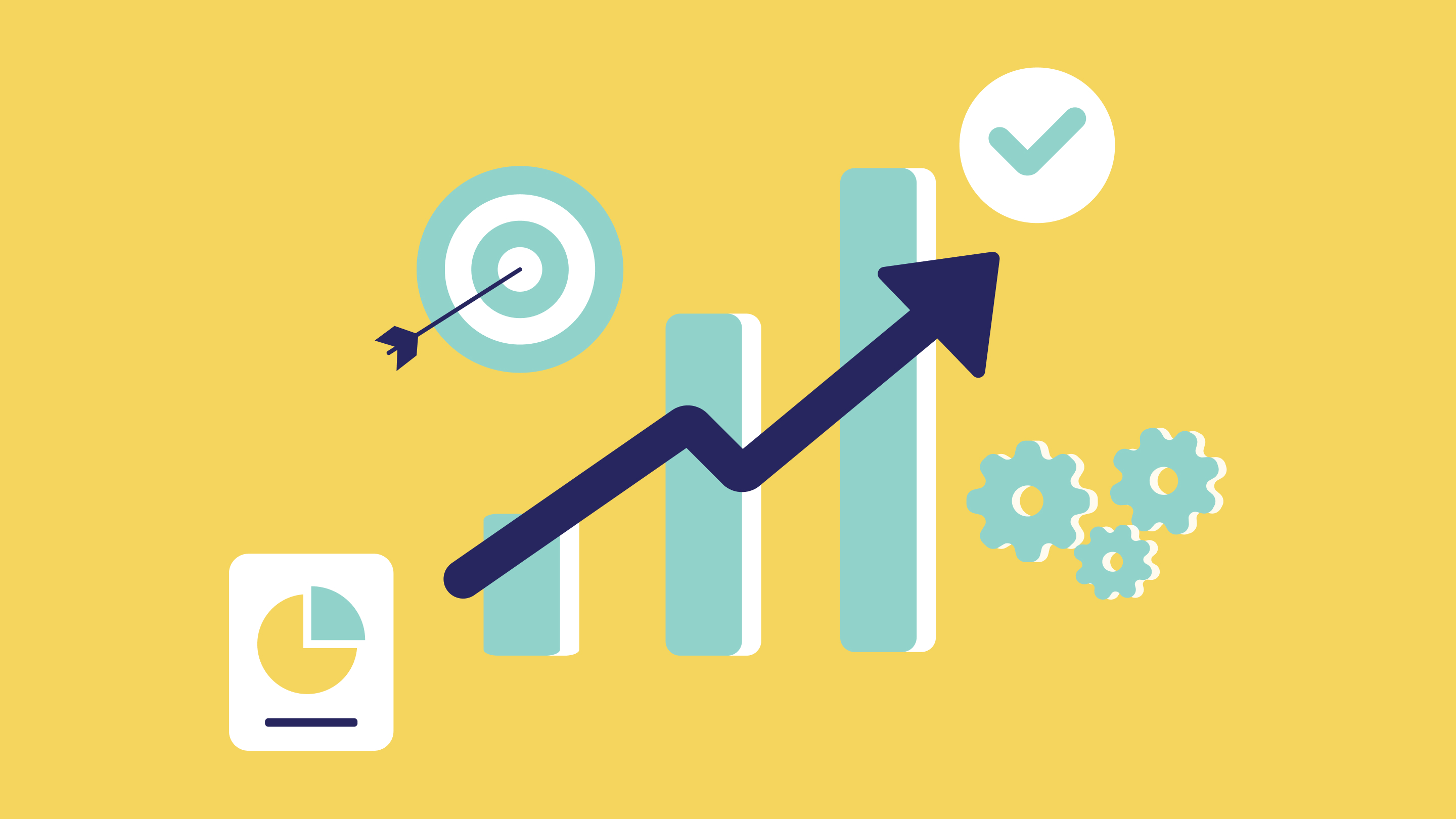
The digital landscape is constantly evolving, and so should your Software as a Service (SaaS) business. A well-thought-out website redesign can bring a fresh look, enhance user experience, and boost conversions. This article aims to provide a comprehensive guide on how to plan a website redesign specifically tailored for SaaS product owners. We'll dive into best practices, checklists, and key elements you can't afford to overlook.
Why Redesign?
The need for a website redesign often stems from various factors—be it outdated design, poor user experience, or a shift in your company's goals or target audience. Understanding the 'why' is the first crucial step in your website redesign project plan.
Setting the Stage: Preliminary Research
Before diving into the actual redesign, gather data that will inform your decisions. This includes customer feedback, current website analytics, and a competitive analysis. This will give you a solid foundation upon which to build your project plan.
Checklist:
- Customer Feedback: Understanding customer feedback is critical as it offers valuable insights into how your customers interact with your website and become aware of any issues they may encounter. It allows you to identify areas of the site that may be confusing or frustrating users, and what content or features they find most useful. Here are some ways to gather customer feedback: Surveys, User testing, and Feedback Forms. Remember, the goal of gathering this feedback is to identify patterns and trends that will guide your redesign.
- Website Analytics: Understanding how users interact with your current site is key to planning a successful website redesign. It's important to analyze data like bounce rate, pages per session, average session duration, and conversion rates. These metrics offer insights into where users are engaging most, where they're dropping off, and where there's potential to improve. Additionally, heatmaps and user journey maps can provide a thorough understanding of users' behaviours and preferences.
For instance, a high bounce rate may signal that visitors aren't finding what they're looking for or that the site's navigation isn't intuitive. Pages with a short visit duration could indicate that the content isn't compelling or relevant. This kind of information is extremely valuable when setting goals for a website redesign, as it helps pinpoint areas of weakness and opportunities for improvement. - Competitive Analysis: The Competitive Analysis section should explore how your website stacks up against your competitors in the SaaS space. This entails evaluating their design aesthetics, the user experience they provide, their site's performance metrics, and the unique value propositions they highlight. It's essential to not just identify what they do well, but also uncover potential gaps and opportunities that your website can capitalize on in your redesign.
If you're looking for further insights into how to conduct a thorough competitive analysis, we've got you covered. Don't miss out on our comprehensive guide that walks you through the entire process. Check out our article on Competitive Analysis Guide to deepen your understanding and outshine your SaaS competitors in your upcoming website redesign.
Defining Objectives and Goals
Every website redesign should have clear, measurable objectives. Are you aiming to increase lead generation, improve user engagement, or perhaps enhance the customer journey? Defining your goals upfront will streamline the entire redesign process.
Goals for Website Redesign Examples:
- Increase Conversion Rate: If your site is not converting well, pinpoint the bottlenecks.
- Improve User Experience: Are users finding it difficult to navigate or find essential information?
- Strengthen Branding: Does your current design align with your brand's values and objectives?
Assembling Your Team
A successful redesign is a team effort. From designers and developers to content creators and project managers—everyone plays a vital role. Ensure you have the right set of skills in your team or consider outsourcing specific tasks to experts in the field.
Checklist:
- Designers: For the aesthetic and UI/UX aspects
- Developers: To implement the design
- Content Creators: For compelling, SEO-friendly content
- Project Manager: To oversee the timeline and deliverables
Budget and Timeline
Be realistic about your budget and timeline. Account for potential delays and keep some buffer for unexpected costs. Your timeline should be in sync with your goals and the complexity of your website redesign project plan.
Tip💡
Set up milestones and review them regularly. This will help you track progress, make sure deadlines are met, and allow adjustments if needed along the way.
Implementation and Testing
Before launching, make sure to thoroughly test every element of your new design—links, forms, CTAs, and more. Use A/B testing to compare the new design with the old one to ensure that it meets your goals for website redesign.
Checklist:
- UAT Testing: Test the design to ensure it is working as expected
- Cross-Browser Compatibility: Make sure the website functions correctly in all major browsers and devices
- Performance Testing: Measure page loading speed, server response time and other performance metrics
- Accessibility Testing: Make sure your
Post-Launch Analysis
After launching your redesigned website, closely monitor metrics to gauge its performance. This will help you determine whether you've achieved your objectives and where you can make further improvements.
Examples of Metrics to Track:
- Visitor counts and conversions
- Bounce rates
- Time on page
- Pages per session
- Engagement rate
- Search engine rankings
Analyzing these metrics regularly can help you understand how successful your website redesign project was. It can also provide insights into the areas that need improvement.
Conclusion
Website redesign is a major undertaking, but one that can bring great rewards if done correctly. By carefully planning each step, you can ensure that your website redesign project runs smoothly and successfully meets its objectives. Following the guidelines in this article will help you make the most of your website redesign project and achieve the best possible results.
Your Next Step With Fikri Studio
Planning a website redesign but don't know where to start? Fikri Studio specializes in SaaS website redesign and can provide the roadmap you need for a successful project. With a team of experts who understand the unique needs of SaaS businesses, we're your go-to source for a redesign that delivers measurable results.
In summary, planning a website redesign for your SaaS business involves meticulous preparation, from preliminary research to post-launch analysis. By adhering to best practices and referring to this comprehensive checklist, you can ensure your redesign project is well-planned, timely executed, and meets your business goals.













